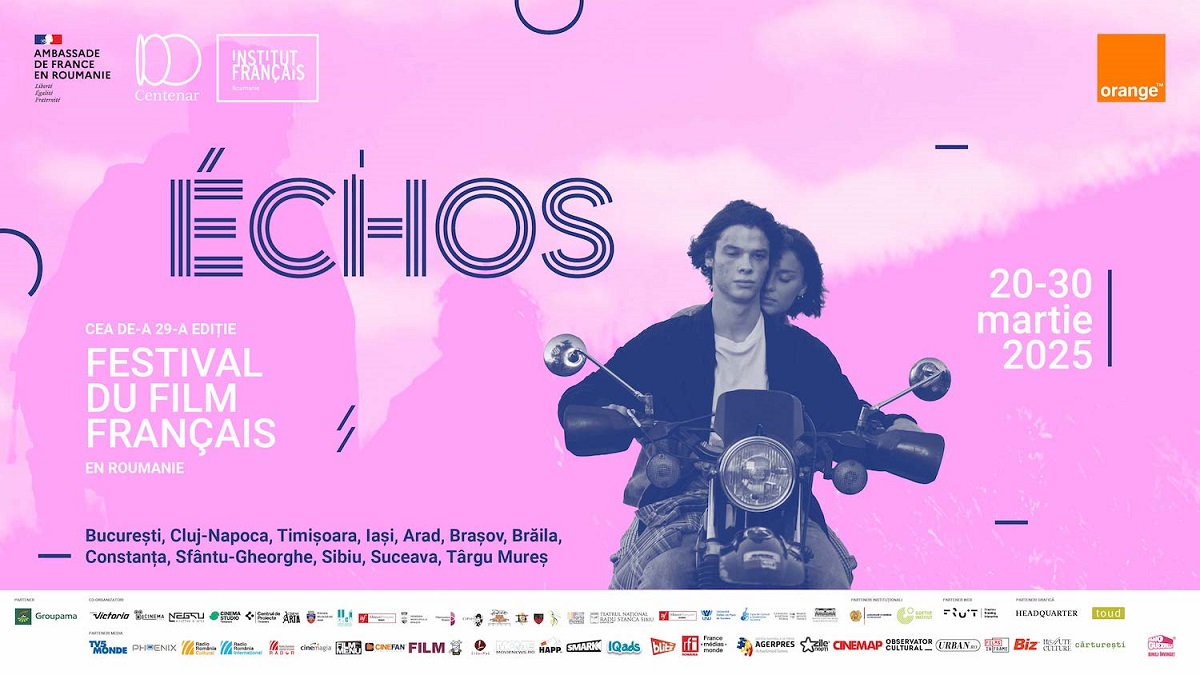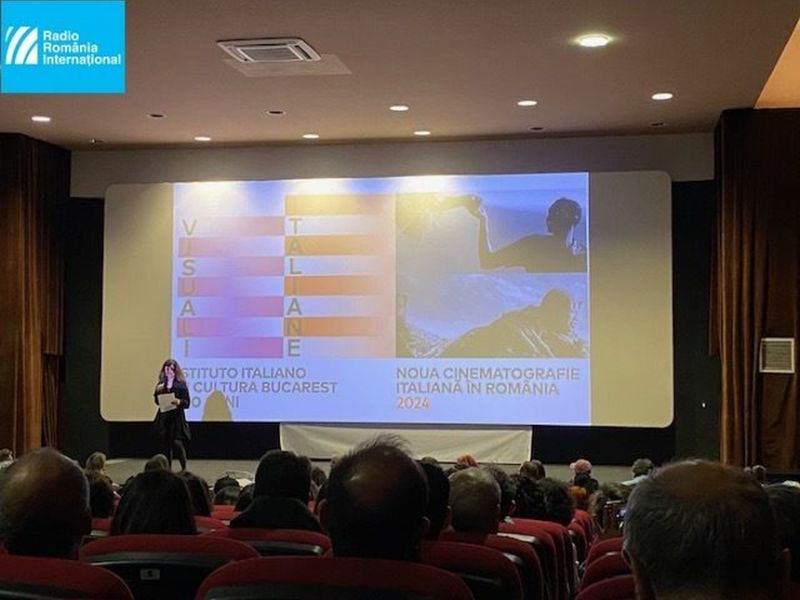Ethnic Minorities in visual culture – focus Romania
The name of a successful project exhibited in Brussels this year.

Andrei Popov, 15.10.2016, 14:00
Between August 20 and October 4, the PostModernism Museum Association exhibited in Brussels a research project entitled “Ethnic Minorities in visual culture -Focus Romania. The initiative comes in the context of Europe-wide talks regarding the integration of migrants, and looks at the 18 ethnic minorities represented in the Parliament of Romania at present. The project celebrates the centennial anniversary of Greater Romania, to be marked on December 2018, while at the same time questioning concepts such as ethnic identity, cultural diversity and nationality. With details on that here is the curator of the project Cosmin Nasui.
What we as researchers were mainly interested in was not to find new labels to attach to concepts, but to identify the multicultural factor and the extremely important contribution it had in shaping a young nation. Our interest was in reading how such a contribution turned out to be crucial in the extremely important moments when the Romanian identity was created. Another issue we were also interested in was to see what minorities lived on Romanian territory in the last hundred years and which of them were transnational minorities, that is minorities belonging to Europe and not necessarily to us. For instance, the Roma population and the Jews… It was also interesting for us to have a look at the neighboring minorities, those which came into being as the territory of the nation state successively expanded or shrank. In other words, at certain moments the Romanian territory encompassed neighboring populations, or rather, important communities from neighboring populations remained on Romanias territory. What we had in mind here were the Hungarians in Transylvania, the Germans in Dobrogea, the Saxons in Banat, very interesting communities, with a very interesting contribution in terms of visual culture.
The exhibition, which was the result of research work and which was staged in Brussels, is based on representations in Romanian visual culture of the “old, traditional minorities, such as the Jews, Greeks, Lipovans, Hungarians, Turks, Tartars, Roma, as well as on representations of the “new minorities, which have cropped up after the 1989 Revolution, like the Chinese, British, French, Indians, Lebanese. With details on that, here is Cosmin Nasui again.
“There are original paintings, graphic art works, sculpture and photography works, alongside infographics. This means we tried to display the entire research work in a visual manner and we transferred each of the sub-issues into the 14 diagrams focusing on exoticism, discrimination, autonomy, exile, colonisation. Images and texts overlap, so that everyone should find it very easy to trace and understand a particular topic, which we have followed for the span of 100 years.
The “old, historical minorities were very interestingly represented in Romanian painting by such artists as Iosif Iser, Nicolae Tonitza, Octav Băncilă, Nicolae Grigorescu, but they are also represented in the photographs and postcards that circulated at the time. Explaining all that, here is Cosmin Nasui once again.
“Visual culture, especially cinema, approaches these minorities. It is quite interesting to follow the so-called new wave in Romanian cinema, with its range of themes stemming from the area of ethnic minorities. For the Chinese minority we have Year of the Dragon, a documentary directed by Adina Popescu and Iulian Manuel Ghervas. For the Saxon minority there are a couple of films directed by Radu Gabrea, such as “Red Gloves or “The beheaded rooster. There are films, from fiction to documentaries to docu-fiction, such as Alexander Nanaus work, ‘Toto and his sisters, looking at the issue of an old minority in Bucharest, that of the Roma community. We also had a series of exhibitions mounted in Bucharest, focusing on discrimination. Again, there is an interesting series of monuments erected after the moment the Holocaust was recognized. They can be found in Cluj, in Bucharest. The first visual signs highlighting the process of recognition of the Holocaust on Romanian territory were the plates that were placed in the railway stations where the death trains departed.
The Ethnic Minorities in visual culture-focus Romania project has also a continuing research component. The commentaries and testimonials of visitors will be integrated in future exhibitions, as well as in the exhibition catalogue. From Brussels, the exhibition arrived in Bucharest, and will be open over October 9 and November 3 at the Museum of Bucharest Municipality, the Minovici Mansion. Then it will travel to Brasov, Cluj and Craiova, and next year it will reach the Benelux countries.
(Translated by E. Nasta)





























